|
John Tyman's Cultures in Context Series AFRICAN HABITATS : FOREST, GRASSLAND AND SLUM Studies of the Maasai, the Luhya, and Nairobi's Urban Fringe |
|
|
|
|
|
John Tyman's Cultures in Context Series AFRICAN HABITATS : FOREST, GRASSLAND AND SLUM Studies of the Maasai, the Luhya, and Nairobi's Urban Fringe |
|
|
|
|
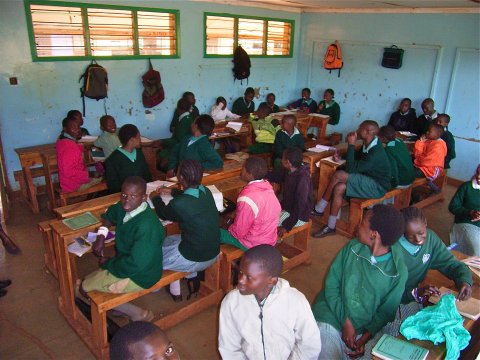 |
| 600. With 52 students the room is stuffy in the hottest months, even with the louvred windows. The school is poorly resourced and the teachers are paid only 8,000 shillings a month. |
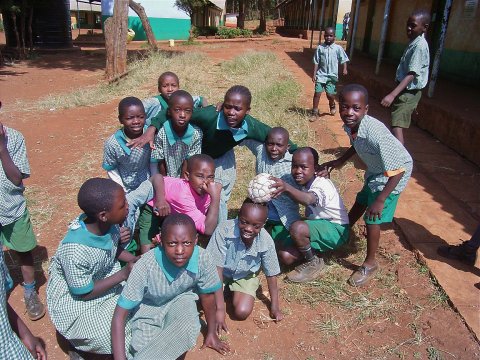 |
| 606. Girls and boys play soccer together, and there is good interaction between the sexes. The ball is usually improvised, fashioned from plastic bags tied together with string. |
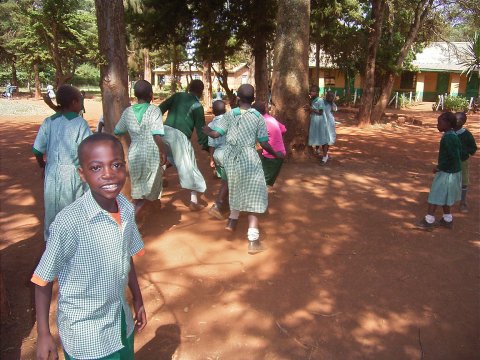 |
| 607. In the dry season the playground is very dusty and many children come down with eye, throat and chest infections. |
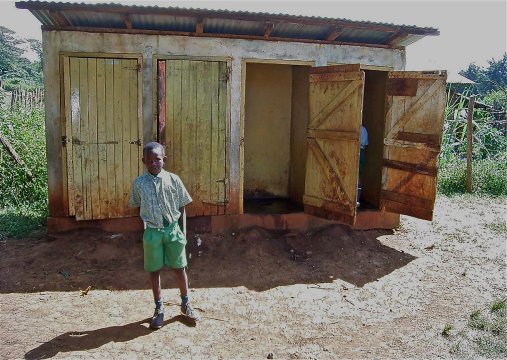 |
| 611. Toilets at Sam's school. There are two toilet blocks with pit latrines, each with 4 cubicles. One block is for boys, and one for girls. In each set of four toilets one is reserved for teachers. |
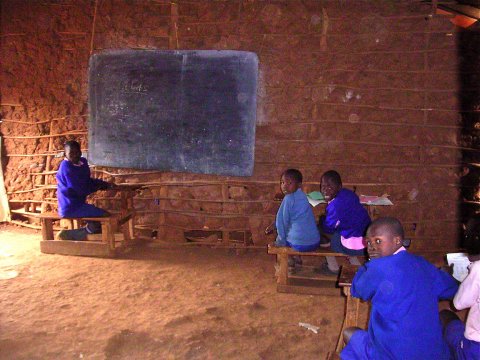 |
| 615. They were also better off than the younger children, whose classroom had more in common with those of nomadic rural communities in northern Kenya. |
![]()
Text, photos and recordings
by John Tyman
Intended for Educational Use
Only.
Contact Dr. John Tyman at johntyman2@gmail.com
for more information regarding
licensing.
![]()
www.hillmanweb.com
Photo processing, Web page layout,
formatting and hosting by
William
Hillman ~ Brandon, Manitoba ~ Canada